Last year, I returned to the Lake District for the first time since childhood, walking around Rydal Water to the Rydal Caves, spending night-times watching out for badgers and other wildlife, moving on to the glories of Grasmere in a place overlooking its lake, and onwards to walk around Derwent Water, all the way up to Buttermere and beyond to Loweswater.
It was a deeply emotive experience feeling close to the nature of the North for the first time since childhood – and I felt more than ever that people of all social backgrounds should have ready access to the countryside.
Having grown up in inner-city Manchester, I’m acutely aware of the vast discrepancies in who has access to the countryside and is able to enjoy the physical and mental health benefits that nature brings. My writings on class and the countryside in the recent anthology Common People explore these inequalities in access to nature. In it, I chronicle my first childhood trip to the countryside – a visit to the Lakes – which was made possible only by subsidised accommodation through my mother’s nursing association.
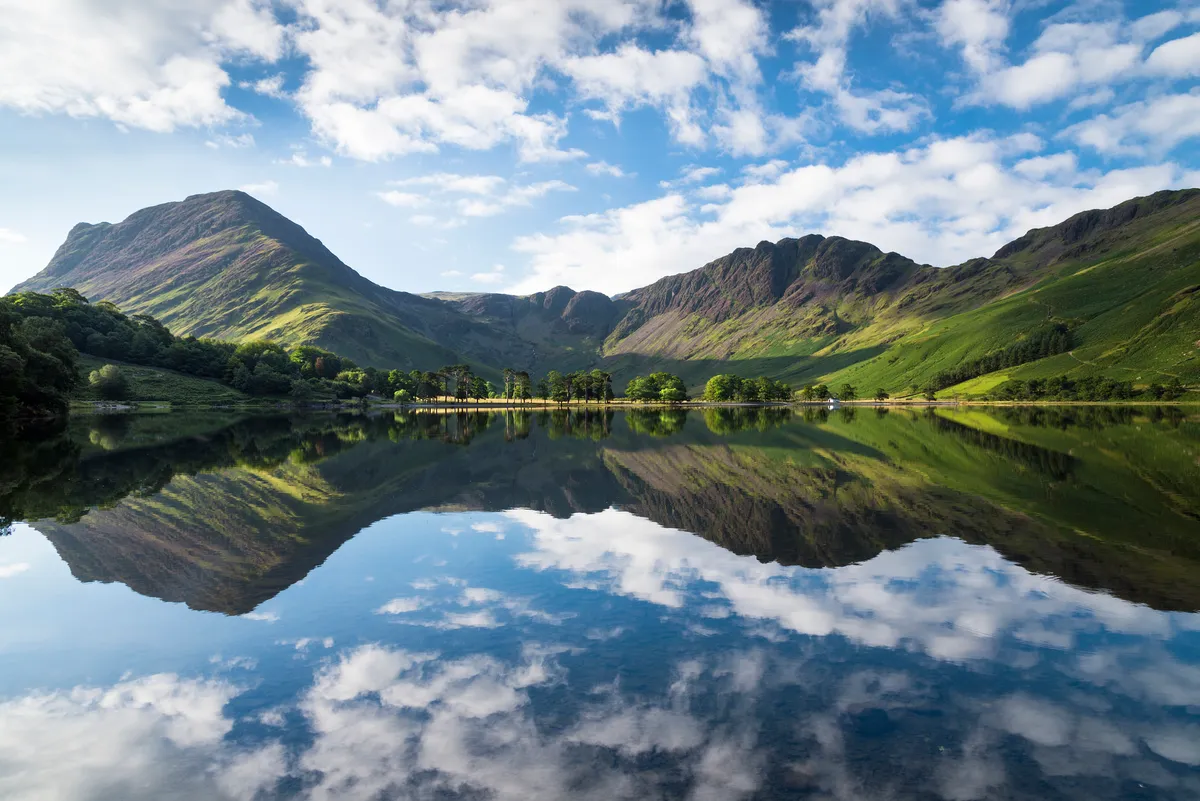
I can’t remember visiting the Lakes after that during my childhood. But even from that one trip, the landscape lived within me. I often drew on that memory of nature as a source of strength. It became part of my imaginative landscape.
Nature is a great equaliser, crucial to every single human being – without trees that turn the sunlight into oxygen, none of us would exist. Yet these profound inequalities exist. I have been led to explore the painful root of the issue: why it is vital all can access nature; why the situation is as it is; how it makes us feel to be excluded from nature; and what is being done, or can be done.
Who can't access the countryside easily?
Just how great the gulf is between socially deprived areas and the countryside has been revealed in a 2019 report by the Campaign
to Protect Rural England (CPRE). Half of the country’s most socially deprived areas are more than 25km by road from ten national parks and 34 Areas of Outstanding Natural Beauty (AONB).
The CPRE revealed detailed maps that show 36% of England’s population live too far from the current network of National Parks and AONBs for these areas to be classified as easily accessible.
Let’s not forget why access to the natural world is so crucial. “When the most beautiful parts of England’s countryside were given national park status, or designated as AONBs, they were done so as a public good,” points out Emma Marrington, senior rural policy campaigner at CPRE. This was, she says, so that “everyone could enjoy the benefits that access to them can bring. But the mapping demonstrates that a huge amount of people are currently missing out.”
In terms of those benefits, Emma continues, “Regular interaction with the natural world – fresh air, exercise, escaping the stresses and strains of urban living, just being in the great outdoors – is inextricably linked to increased levels of health and happiness.”
I definitely felt a surge in serotonin walking through the woods and by the waterways, and marvelling at the mountains during my trip to the Lakes – and remembered how it made me feel on first visiting the countryside as a child. I also remember the loss of that landscape when
I did not visit it again, how I grieved it.
I had been living in an inner-city block named Rothay (after the river flowing through the Lake District), feeling the heightened stress levels that urban dwelling can bring, and longing for the actual Rothay River.
How I’ve craved to journey through AONBs and yet how ridiculously expensive it is to travel within the UK. The eye-watering cost of transport without doubt stalls both social mobility and actual mobility, and creates a deeply entrenched divide between city and countryside.
What is being done to tackle the inequality in access to nature?
The CPRE study has prompted calls for better bus and train links from towns and cities to national parks and AONBs to “create a countryside for all”. Visitors to national parks overwhelmingly rely on private transport to reach them and get around, with 93% of journeys made by car.
However, the majority of areas where less than half of all households own a car also fall outside the accessible range of these landscapes. There are innovative schemes, such as the Dales Bus service in the Yorkshire Dales, but these are few and far between – as I have discovered during my own journeys without owning a car and being reliant solely on walking.
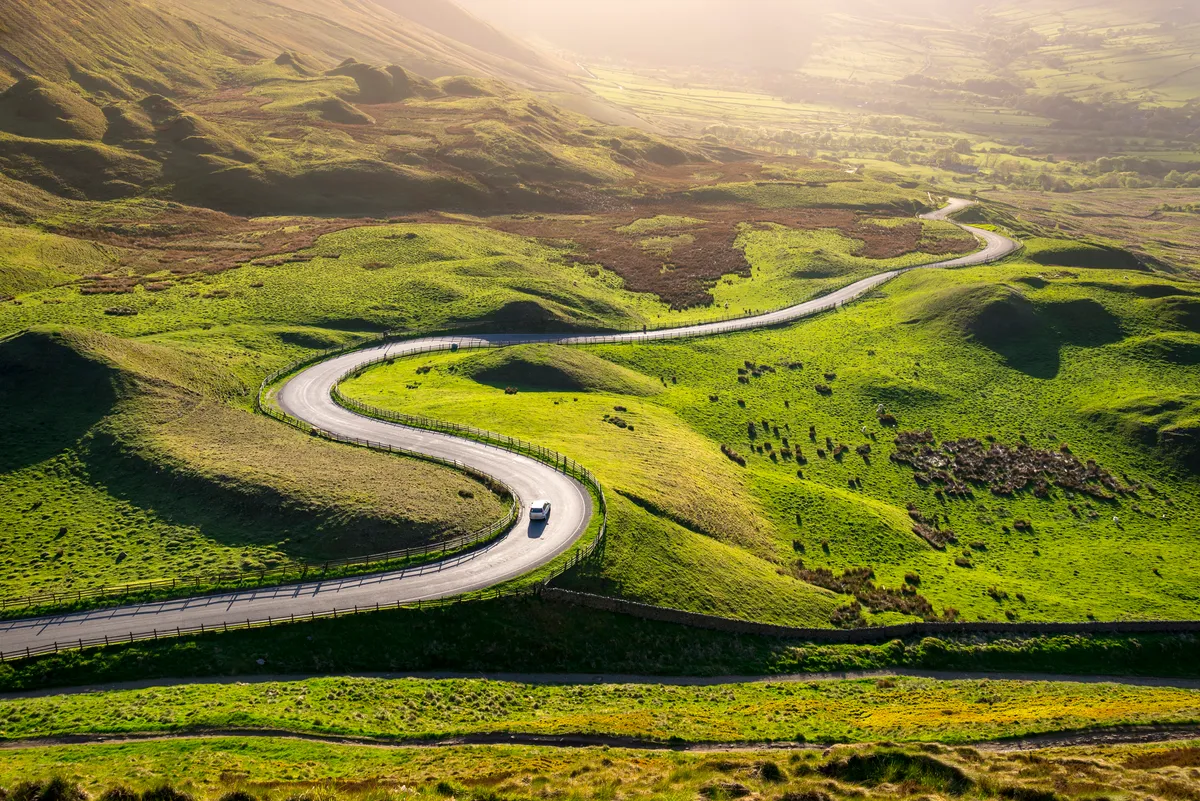
A welcome and noteworthy initiative to improve access to nature is ‘National Park City’, and this year London became the first capital city in the world to be awarded the status in recognition of its open spaces, waterways and natural environment.
The declaration was made by the National Park City Foundation. “We must do all we can to help tackle the global climate emergency and ecological crisis and address the decline in biodiversity,” said London Mayor Sadiq Khan, pledging to make the capital even greener and wilder. This is great news for London, but it is also important that the Government ensures access to green spaces in inner cities outside the south-east.
Why nature is good for us
Without doubt, my walks boost my physical and mental health, and I make the most of city parks every day. But it’s imperative that we are able to get out of the city, too, deep into the countryside, to appreciate nature in all its glory. During my visit to the Lakes, I came to understand just how crucial visiting the countryside can be, as I experienced some of its wonderful wildlife.
It was the first time I had seen a badger in real life, as I stayed in a place with a dedicated badger-watching site, the Glen Rothay and Badger Bar in Rydal, in whose forested grounds lives a family of badgers.
I watched the darkness deepen, and then saw the shadows shift, and a creature appear. I had previously only seen a badger on television screens and in books. Clapping eyes on a real-life creature, of course, creates a stronger connection. As I write this, I am affected deeply by the news that thousands more badgers are facing culls as the number of killing zones surges.
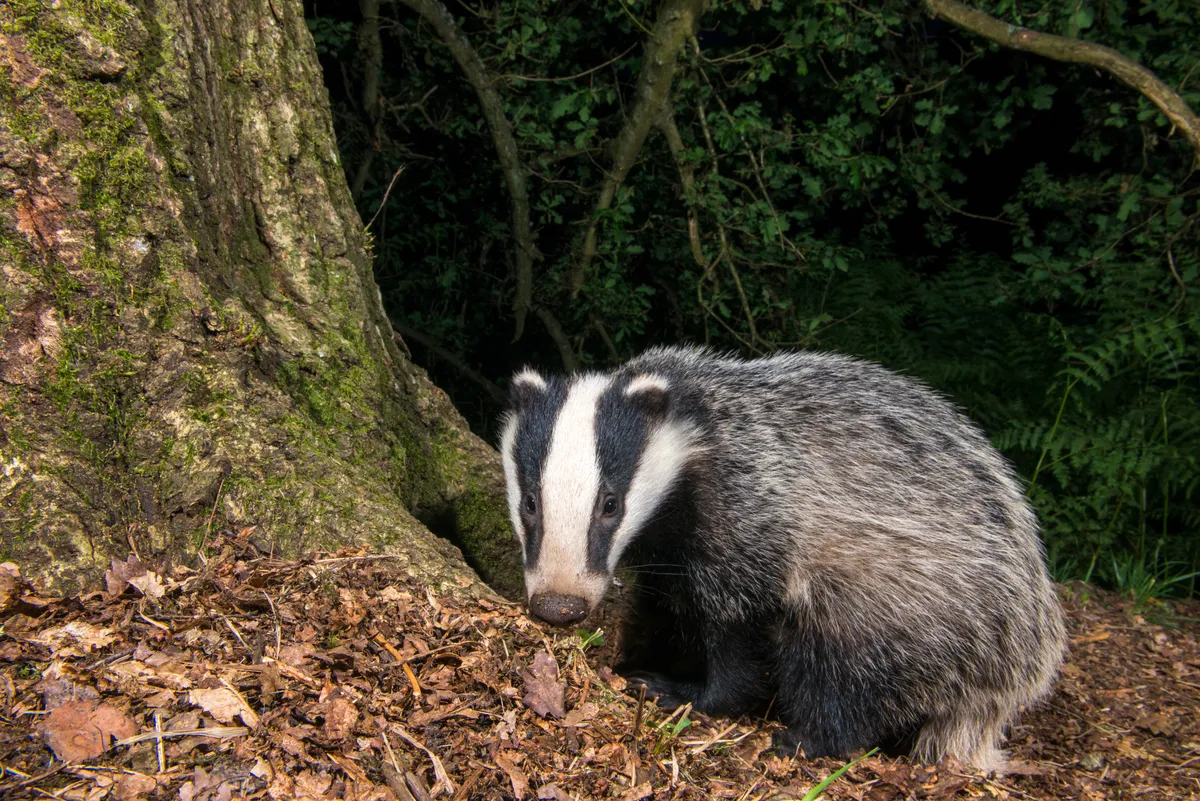
It’s urgent that the authorities improve access to nature, by creating more green spaces in the city but also through schemes enabling those from cities to travel affordably to nature reserves and national parks.
I recall the wise words of Wendell Berry, the American farmer and essayist, and how apt they are when thinking of wildlife. “People exploit what they have merely concluded to be of value,” he wrote, “but they defend what they love, and to defend what we love we need a particularising language, for we love what we particularly know.”
We all need to have the chance to come to know nature deeply, to learn how to name it, to love it, and be able to defend it. I also feel that Berry’s words are relevant when it comes to valuing people, for the more all are valued as equal, the more will be done to ensure that every human being has access to nature.
More articles on wildlife and wellbeing:
How the countryside can feel unwelcoming
Intersectionality comes to the fore as the CPRE also revealed that only 1% of visitors to national parks are from BAME (Black Asian and Minority Ethnic) backgrounds, despite making up 14% of the population. We see how race, social background and postcode interact as a higher proportion of ethnic minorities inhabit cities.
In terms of how it feels to walk through areas as a visible minority: the white friend who accompanied me for some of my journey through the Lake District commented that she felt stared at as she walked with me and her two white children (my godchildren). I doubtless stick out like a sore brown thumb in the countryside.
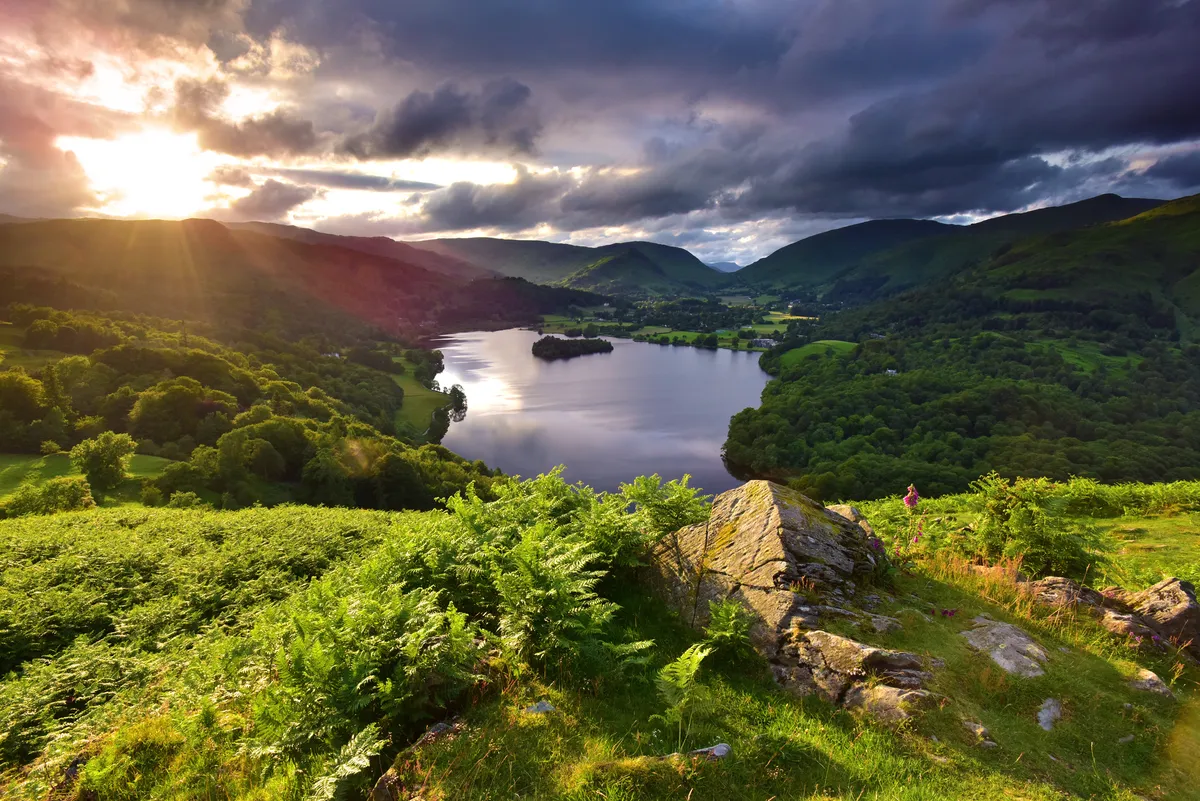
Last summer, I also went on a long walk through the South Downs with a group of refugees, asylum seekers and those formerly held in immigration detention centres. The walk was organised by Refugee Tales, an outreach project run by supporters of those held in detention centres at Gatwick.
It passed through the English countryside to make a point about how unwelcoming such landscapes can be to certain social strata, and how walking through them can assert the right of those of all skin colours and social classes to exist in such places.
The walk left Brighton on a bright, hot morning and we journeyed to the city’s edge past wildflowers growing on the roadside, and soon the city gave way to countryside. It felt deeply symbolic crossing over that border by foot. Uphill we walked into the South Downs, the sun beating down fiercely, but soon the challenging terrain was soothed with a gentle breeze and I stepped out into fields filled with poppies. I felt the stresses of the city fall away.
The journey showed the power of both walking and talking – what Robert Frost called “talks-walking”. Just as special as the places I passed through were the people I walked with and the conversations we had: on how it feels to be excluded from places and just how painful that can be, but how joyful it was to be walking through the countryside, and how each footstep was one of reclamation.
Our long walk also followed a route along the River Ouse for 9km, stopping to admire egrets, herons and gulls, and then continuing towards Charleston and on to Alfriston – some of the most quintessentially ‘English’ places. Onwards we walked, all the way to Seven Sisters cliffs and beyond to Eastbourne, Bexhill-on-Sea and our final destination of Hastings.
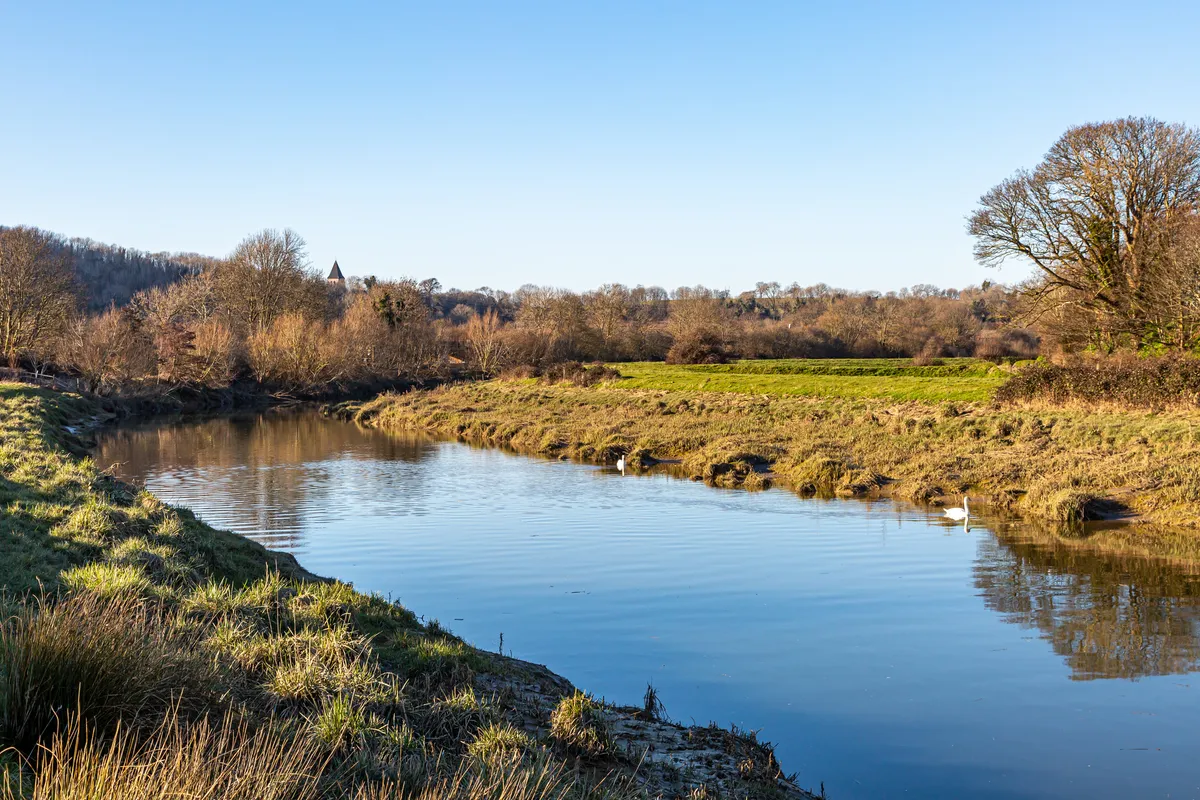
Never have I seen so many St George’s flags before than in the villages I passed through. Ever since the flag was appropriated by the racist far-right, it can seem like a hostile symbol to a non-white person from a multicultural inner city.
It made me think of how the countryside has associations with a certain kind of ‘Englishness’ – but also, how crucial it is for all of us to feel welcome in the countryside and walk within it to show that such narrow definitions are evolving.
Why nature is the great equaliser
Having dwelled on our human differences, I must also point out that being in nature can free us of such differences. Experiences of nature reach beneath the skin and beyond social strata.
Last year year, my epic walks through both northern and southern England have transformed my sense of time and place, and my relationship with the world. I have been struck deeply by astonishing natural formations, such as limestone landscapes, and I feel how ancient the land is and how fleeting are our own lives. My perspective shifts profoundly.
Yet, though nature feels as if it has been, and will be around, forever, it’s crucial to remember that the UN warns we only have about a decade left to stop the irreversible damage caused by climate change.
As I watch a peregrine soar into the sky, the first peregrine I have ever seen, I think not only of how each and every one of us should be able to access the physical and mental health benefits nature brings, but also of what we in turn bring to nature – a deep and necessary care and respect, and a realisation that we are not apart from but a part of nature.
The article originally appeared in BBC Wildlife Magazine. Look inside the current issue and find out how to subscribe.
Main image: © Patrick George/Debut Art
